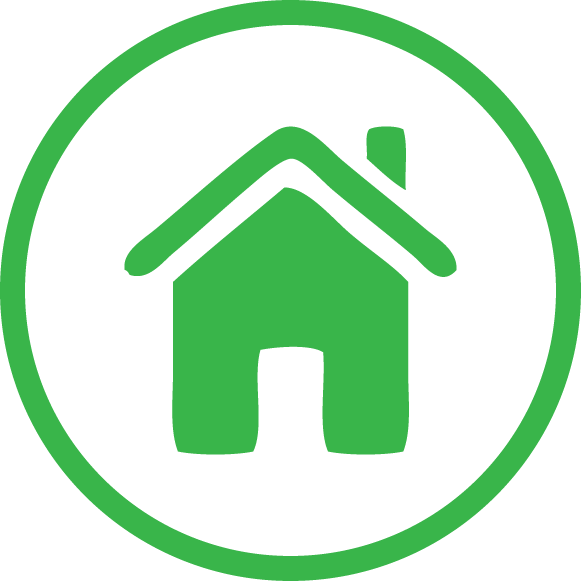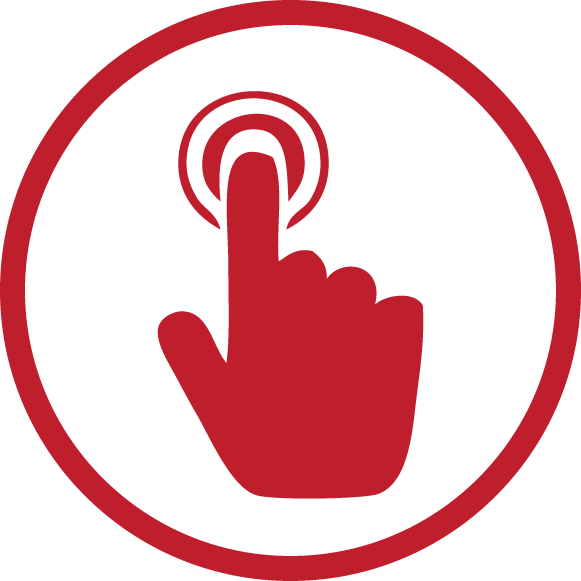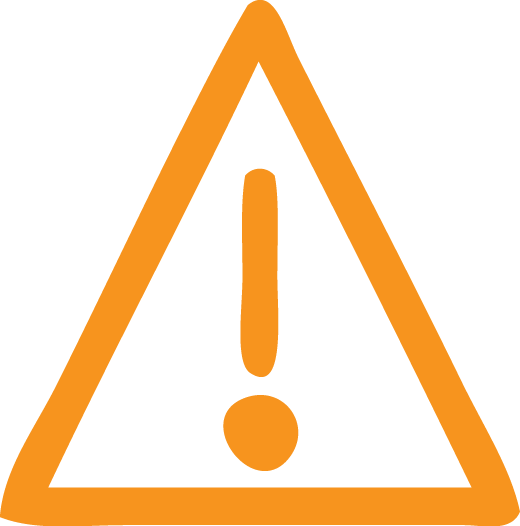
UNITED STATES PARKOUR ASSOCIATION | COVID-19 SAFETY
RECOMMENDATIONS FOR SAFE OUTDOOR TRAINING
The United States is currently facing a fast-growing viral pandemic. Over the last week we have seen state governments close down non-essential businesses, parks, and playgrounds and promote social distancing and stay-in-place measures in an effort to curb the rate of transmission.
Parkour specifically is a high-touch activity, making practice more risky than merely going for a hike or run. Even if you do train without apparent incident, you still create situations where you’ll be interacting with others. Remember: people can spread the disease before they show symptoms.
With the help of our community, USPK has put together a one sheet of recommendations to support practicing safe training through social distancing and stay-in-place efforts. We also reviewed recommendations from the Center for Disease Control (CDC), the National parks & Recreation Association, State Governments, as well as advisorys from other sports.
Finally, for gyms and organizations we have provided a downloadable, easy-to-share PDF to pass along to your students.

STAY HOME, TRAIN LOCAL, &
AVOID NON ESSENTIAL CONTACT
Train in your home or in your immediate, walkable neighborhood. Avoid taking public transportation to your training spots.
Train solo or only with those in your household. Avoid all non-essential contact in order to reduce chance of transmission.
If you do train in public, choose low-traffic spots, maintain minimum 6-ft distance from others and make sure to leave no trash behind.

AVOID HIGH-TOUCH SURFACES
Avoid high-touch surfaces including playground equipment, benches, railings, door handles, etc. COVID can survive on a variety of surfaces including plastic and steel for up to 3 days.
Wash your hands before and after training, and carry a hand sanitizer containing 70% alcohol. Avoid touching your face.
Bring water. Public drinking fountains should not be used, even if operable.

KEEP YOUR RISK LOW
Be very aware that medical and rescue services and facilities are going to be extremely stretched and overwhelmed. It would be socially irresponsible to be taking risks at this time that could place an additional burden on medical and emergency services. Keep your practice low impact and low risk.
